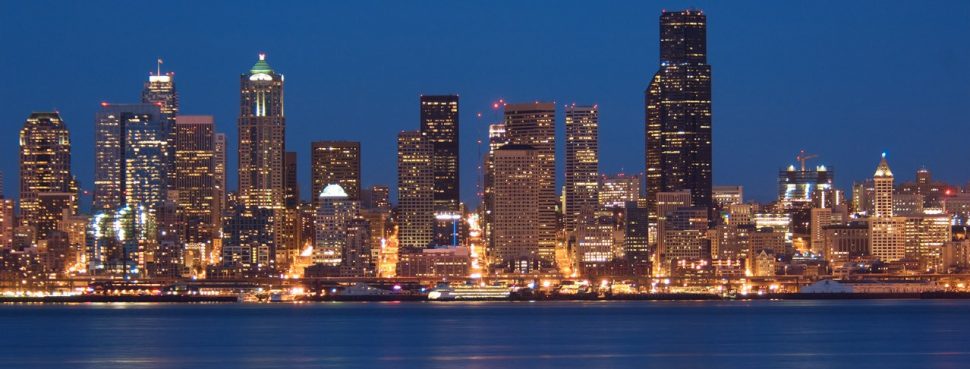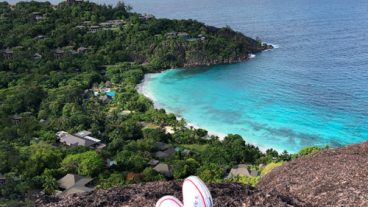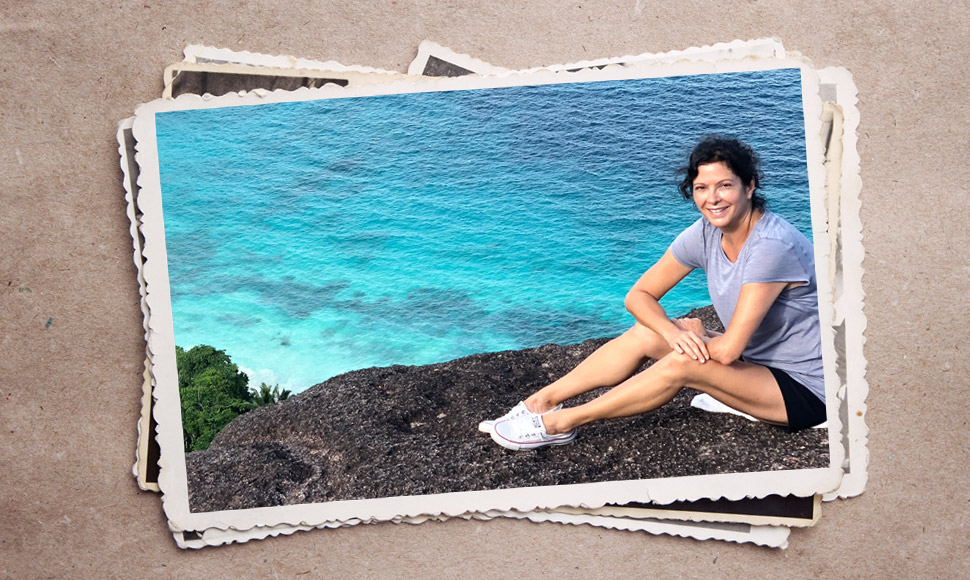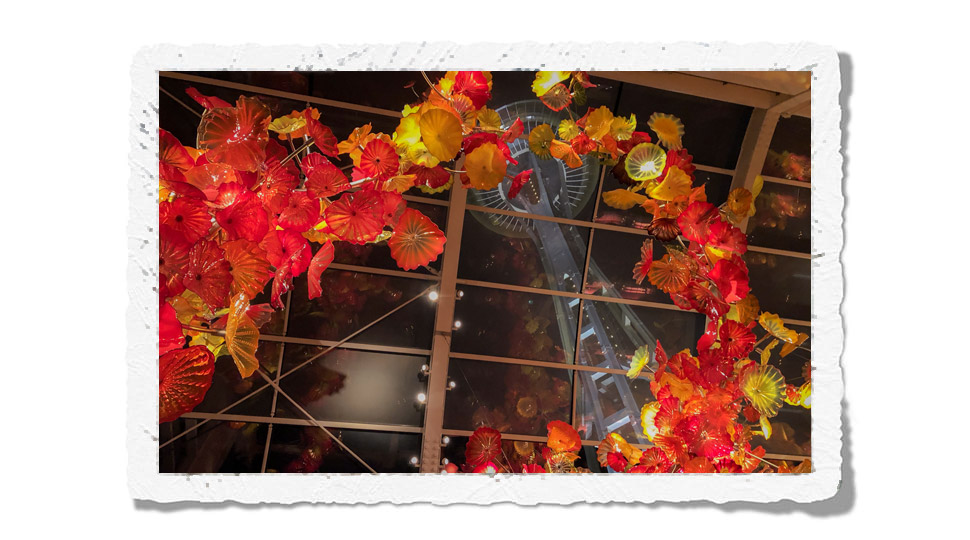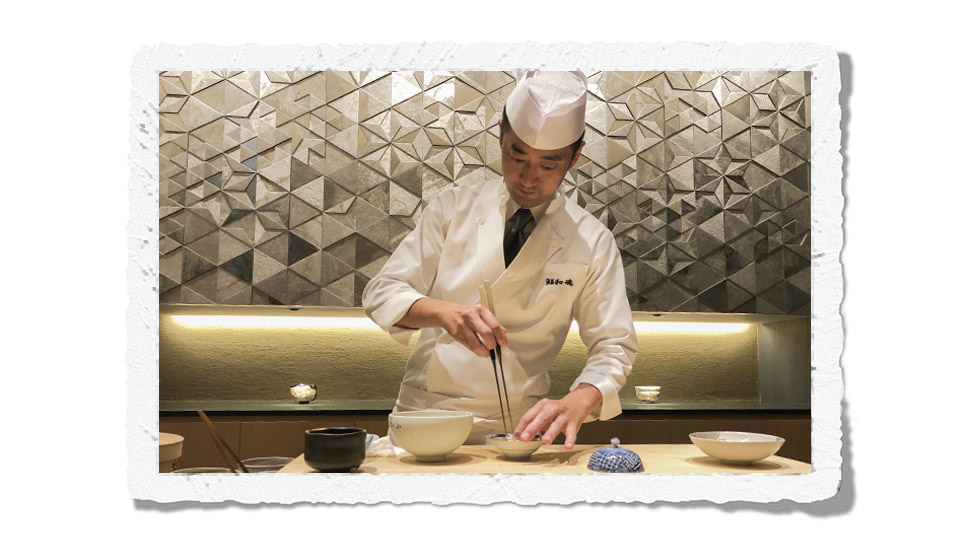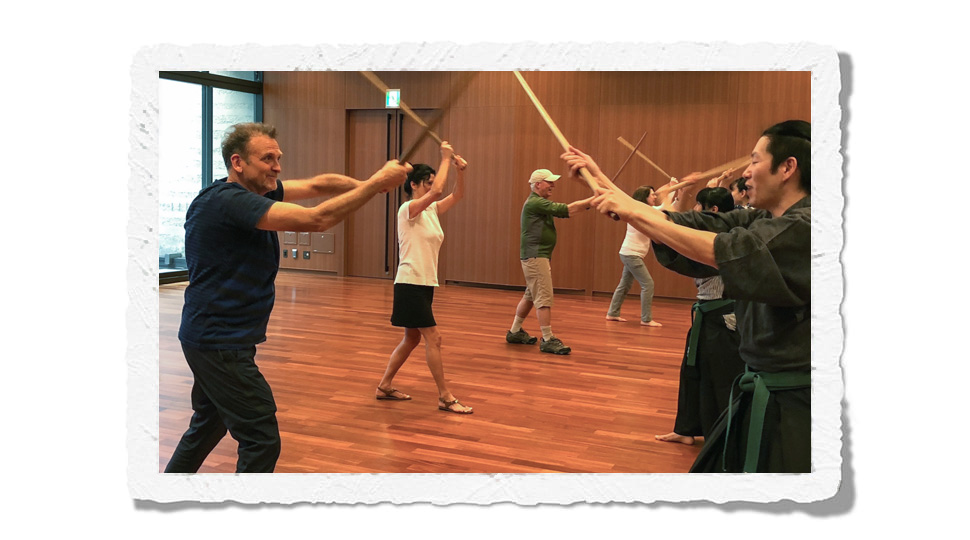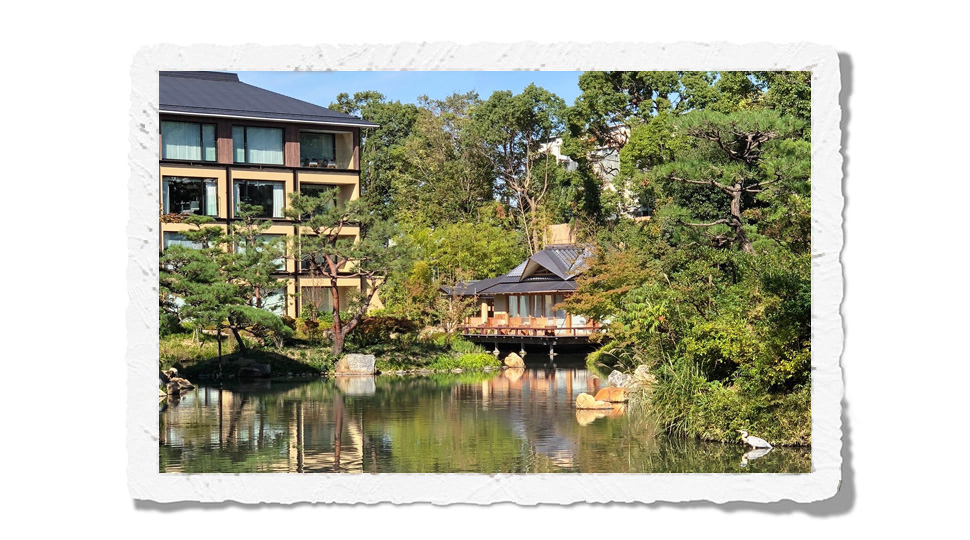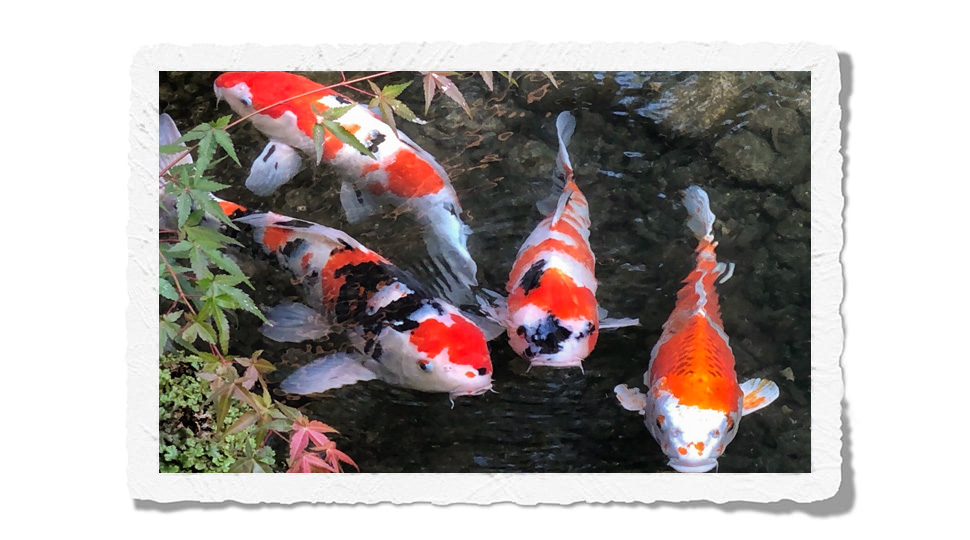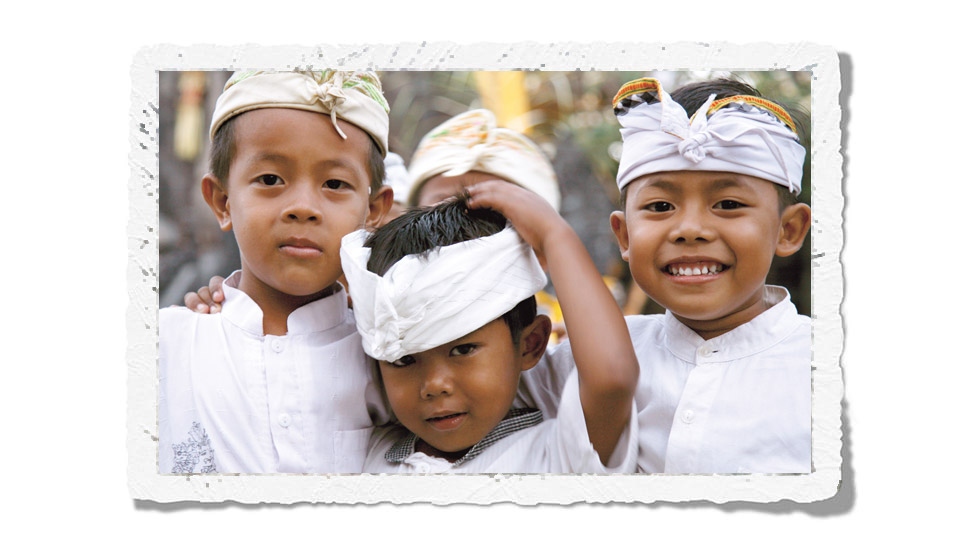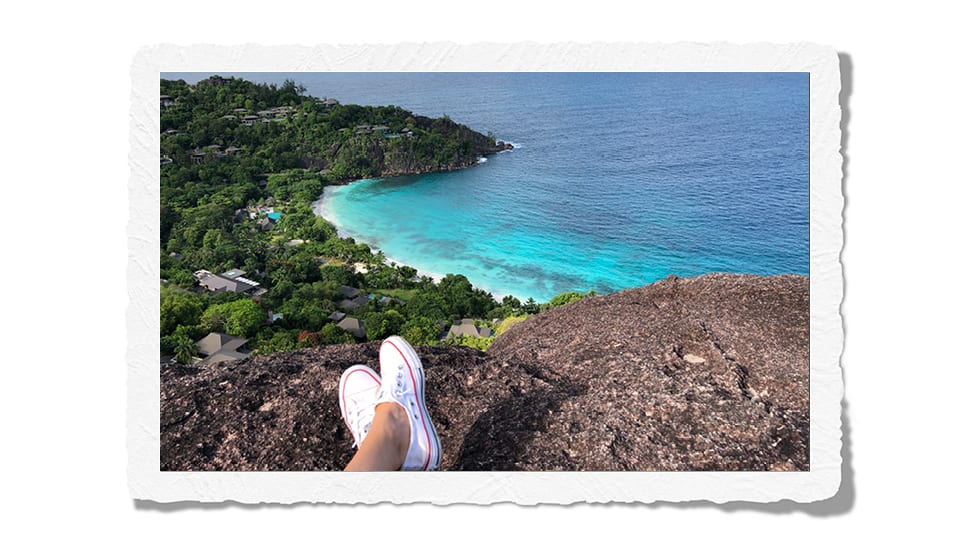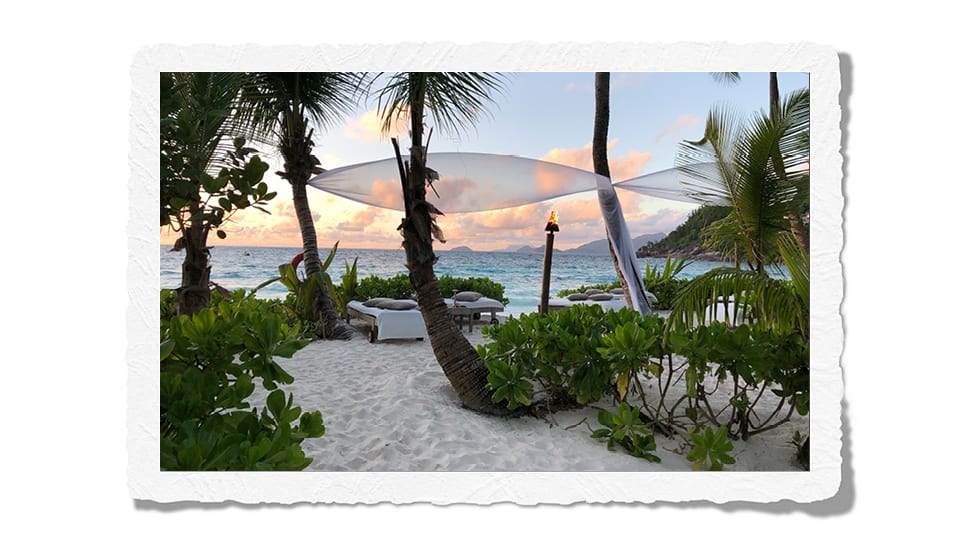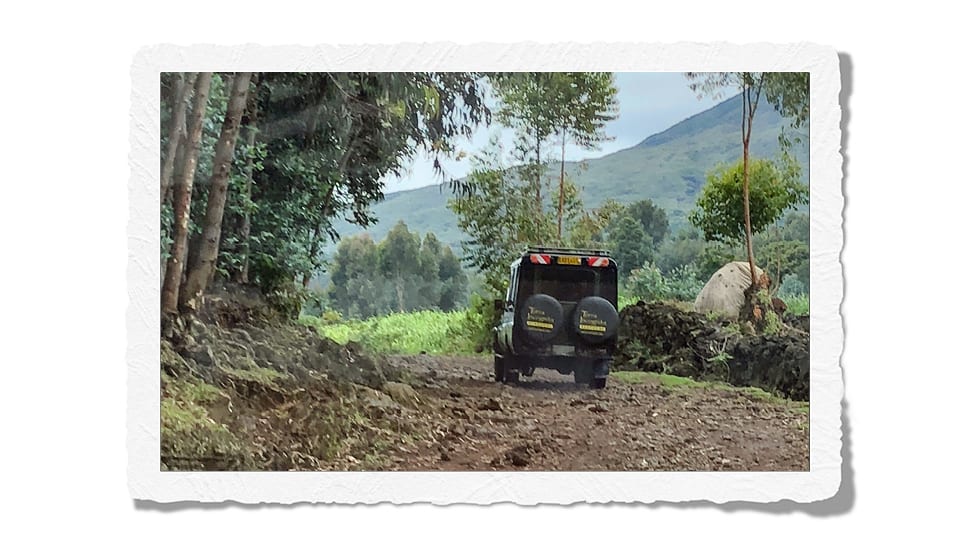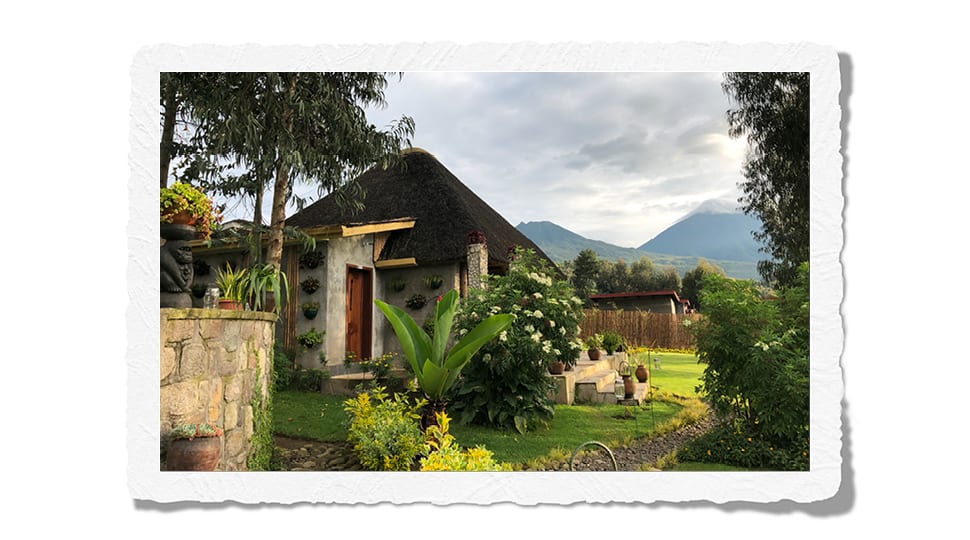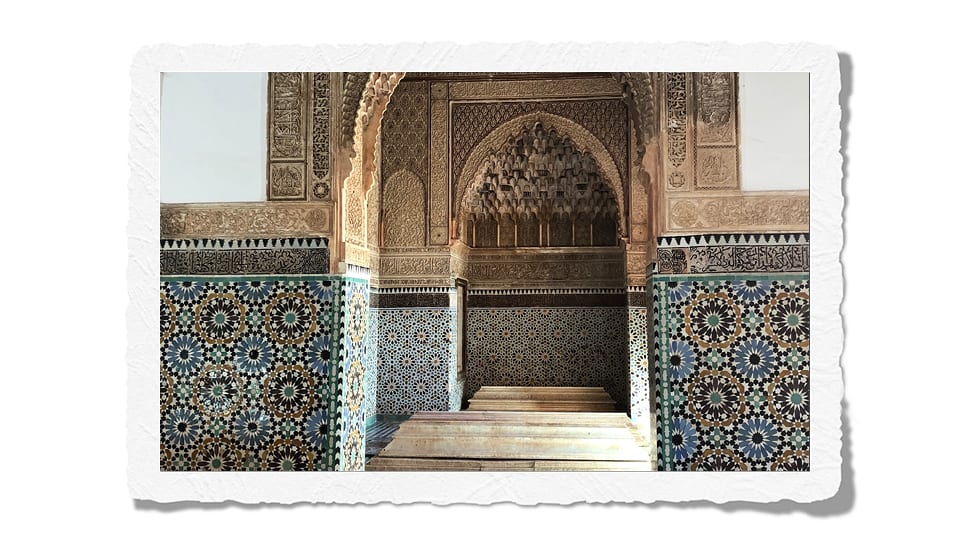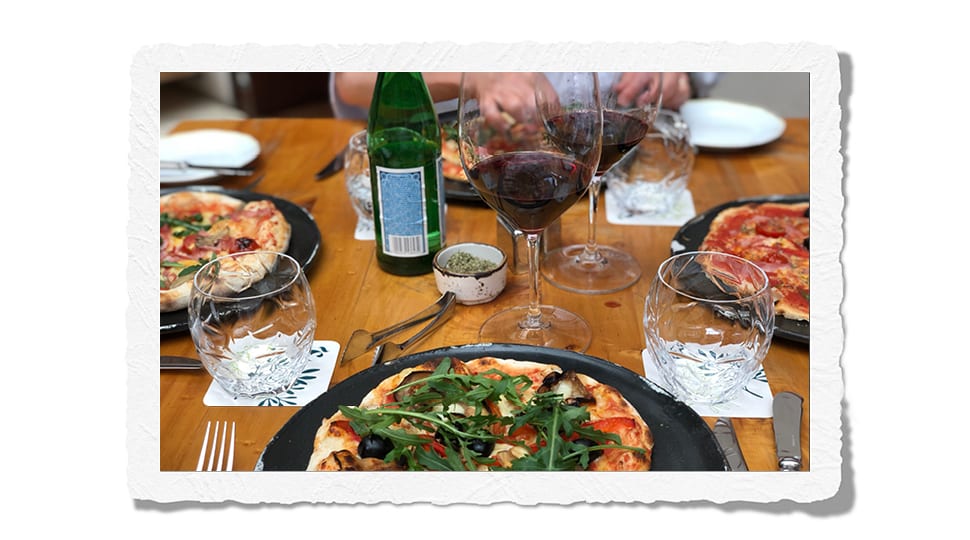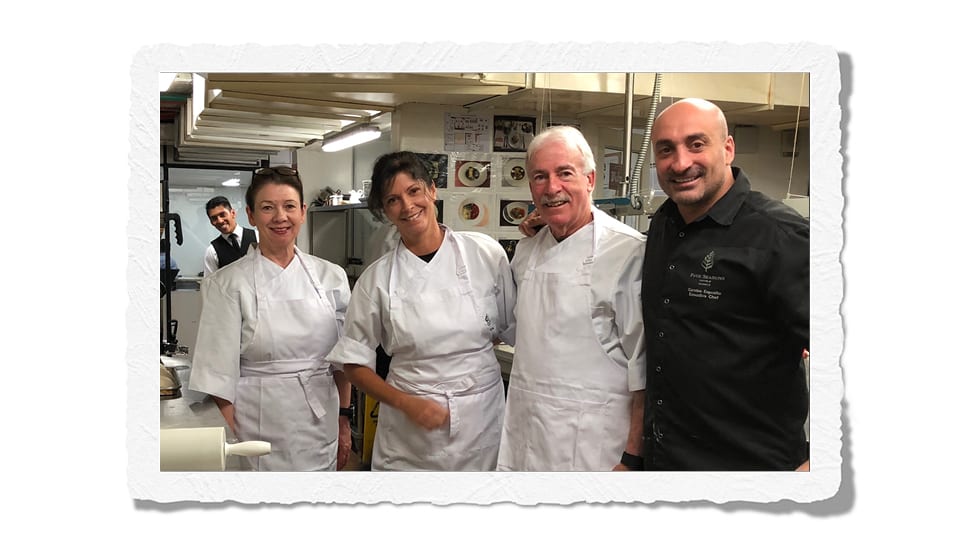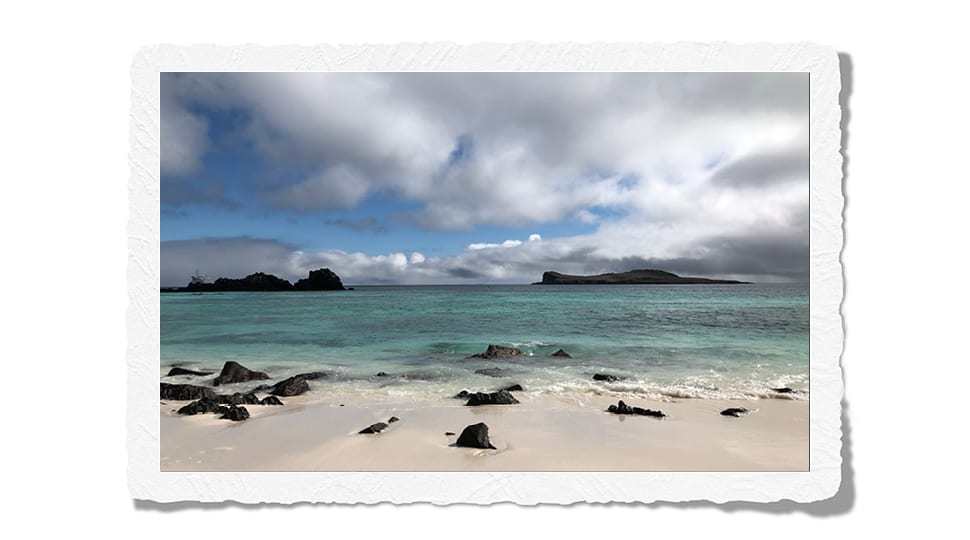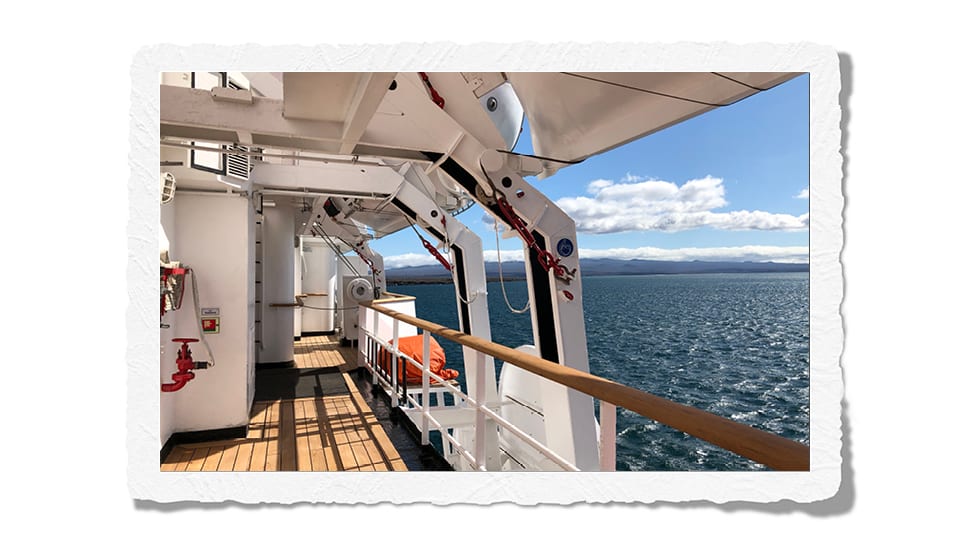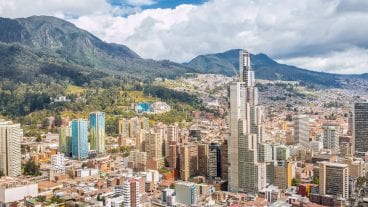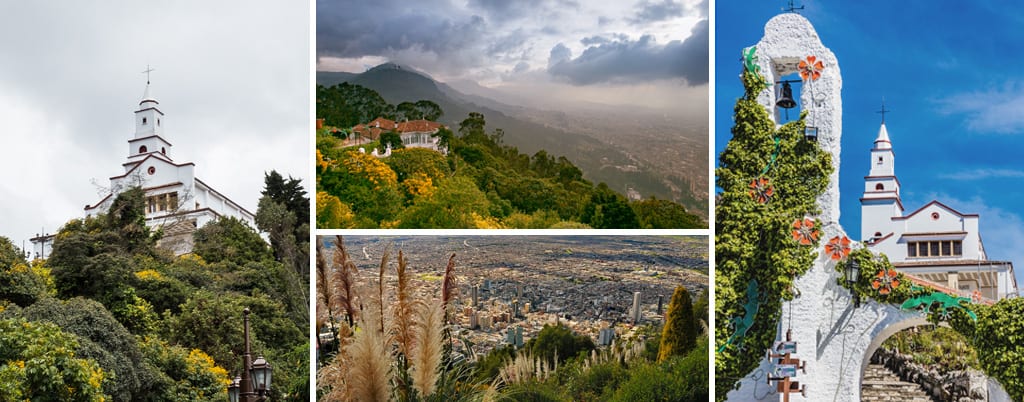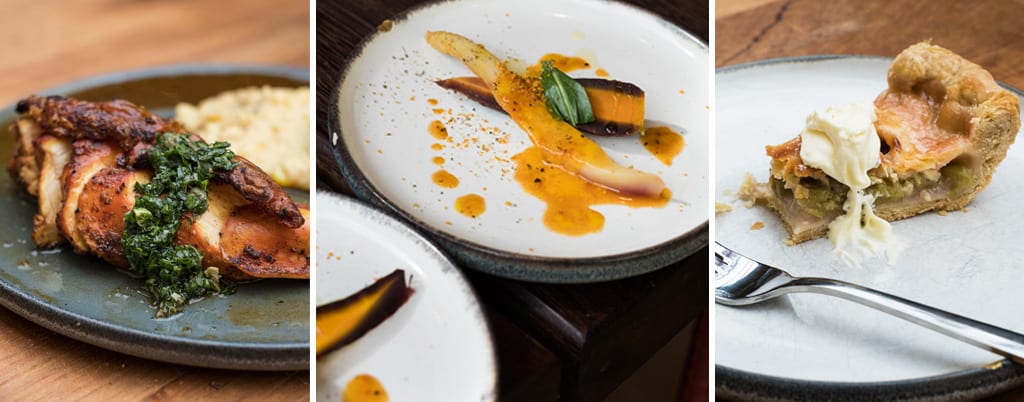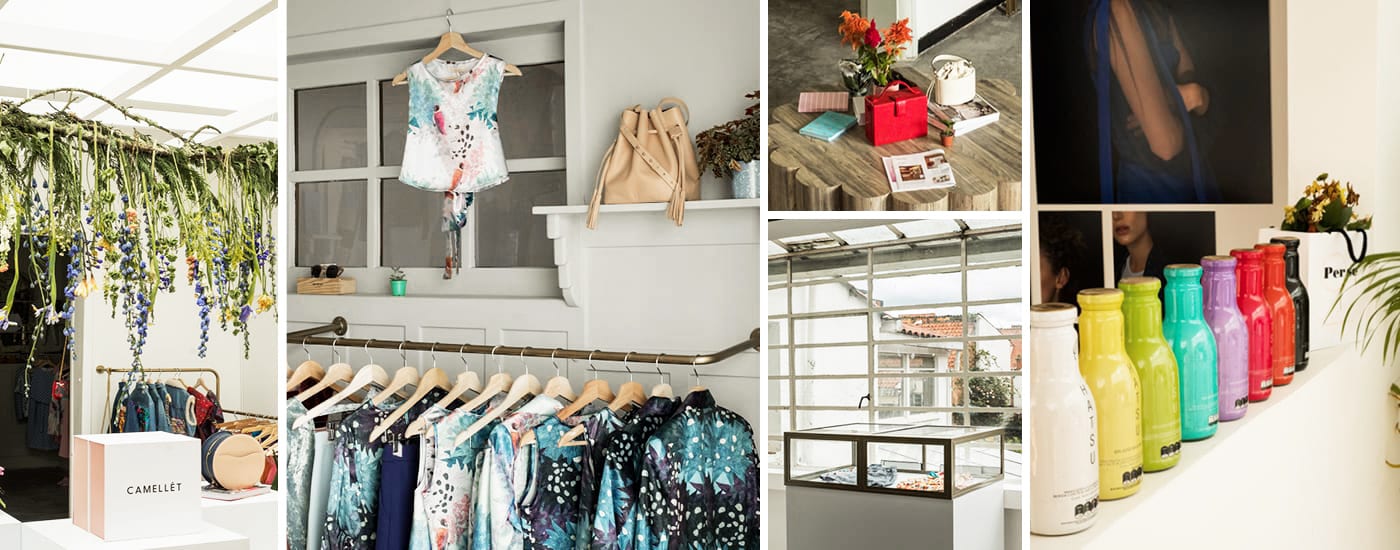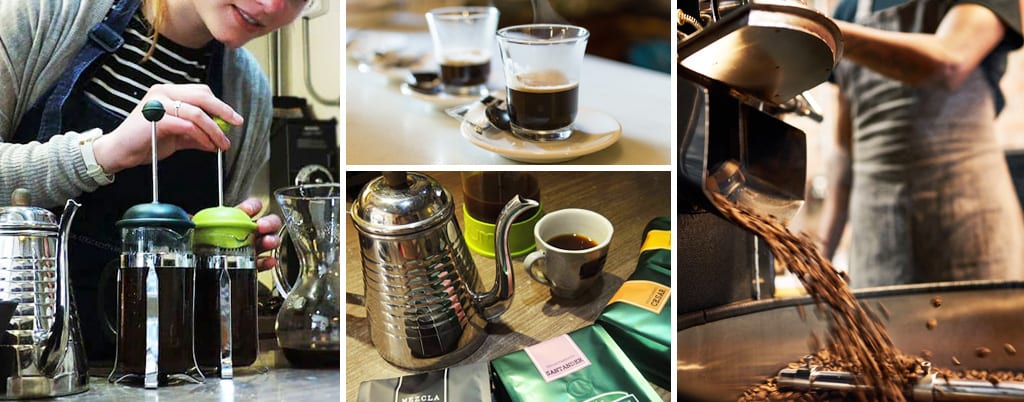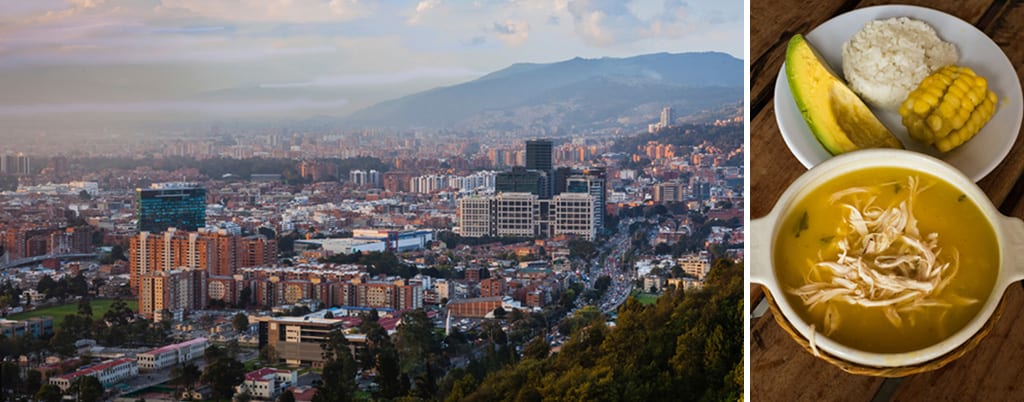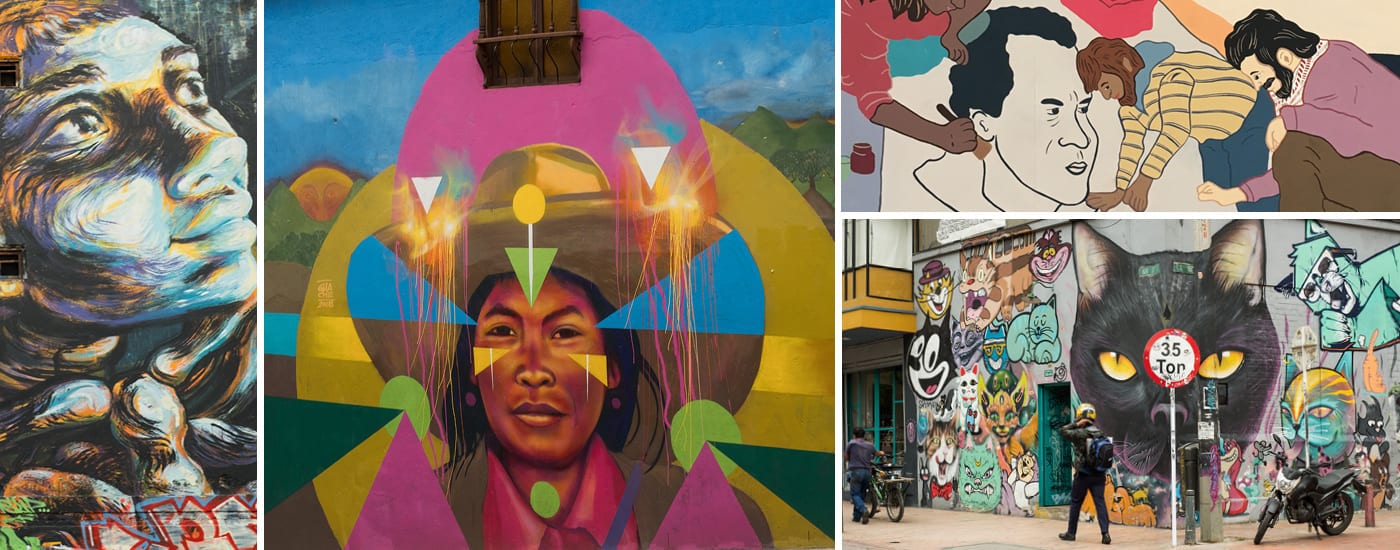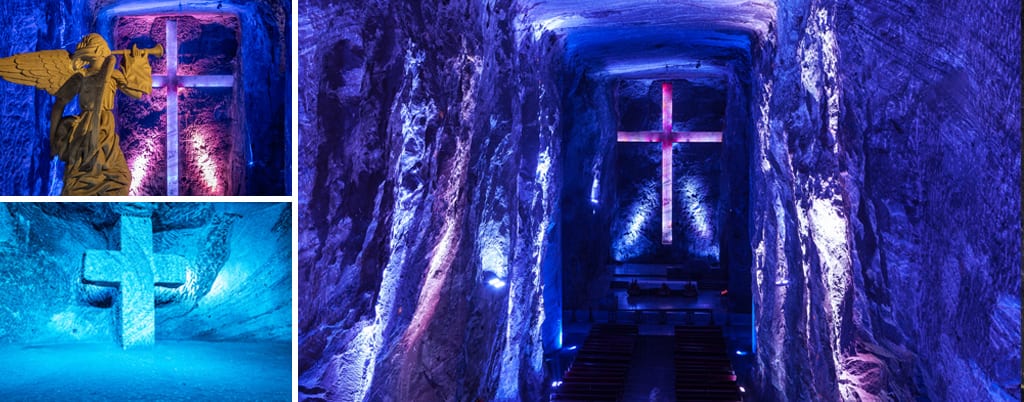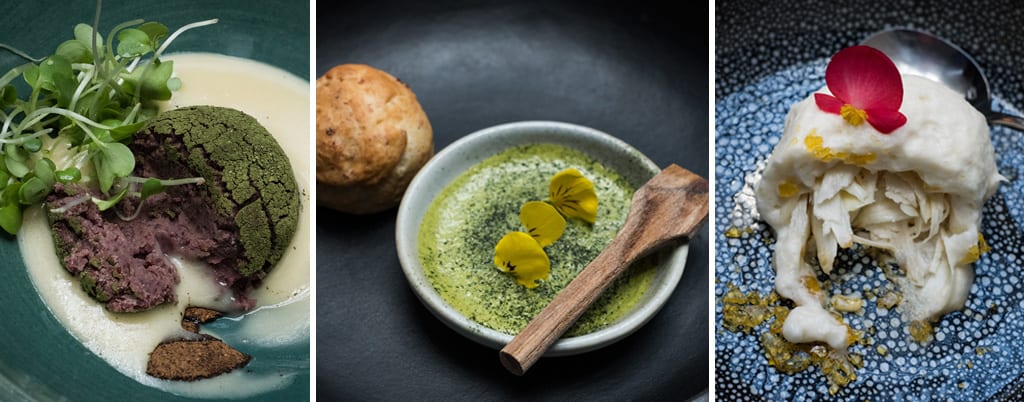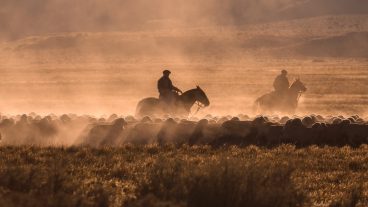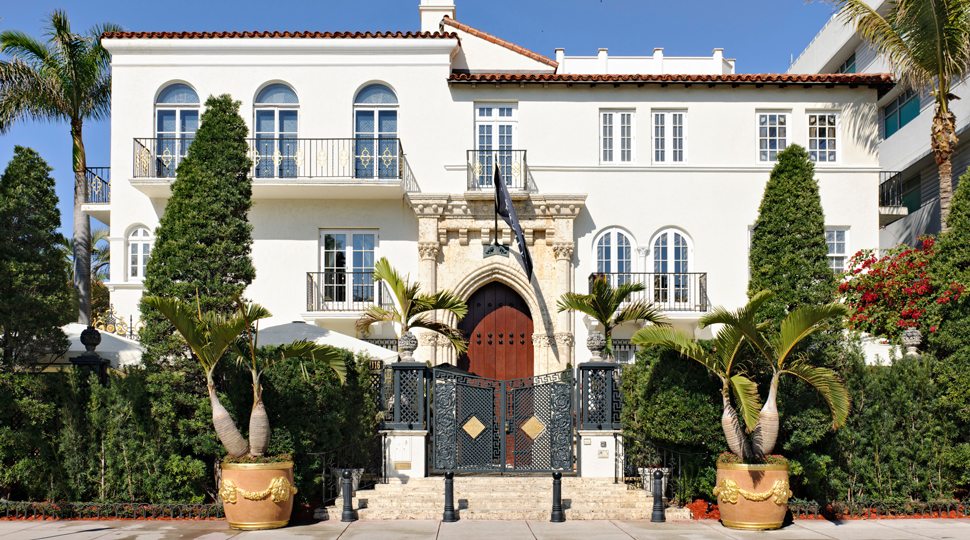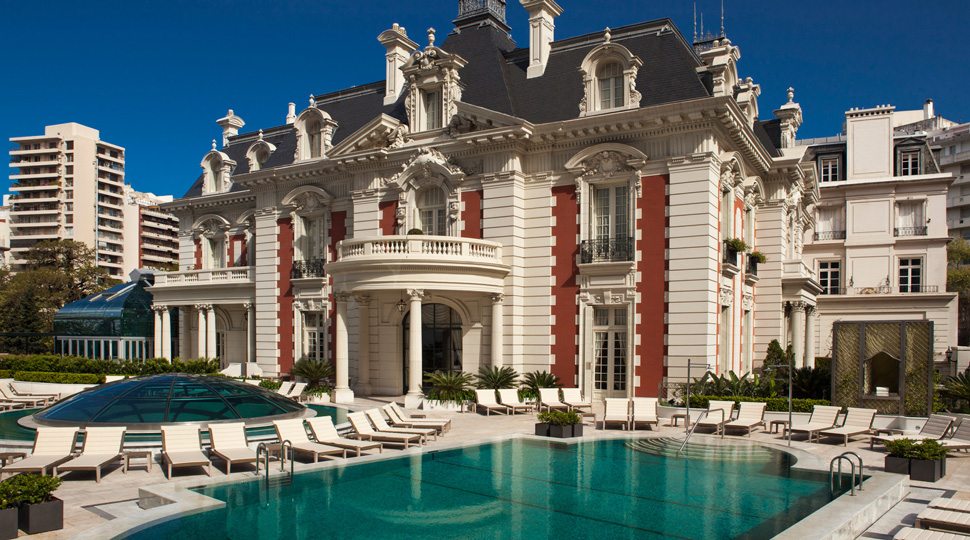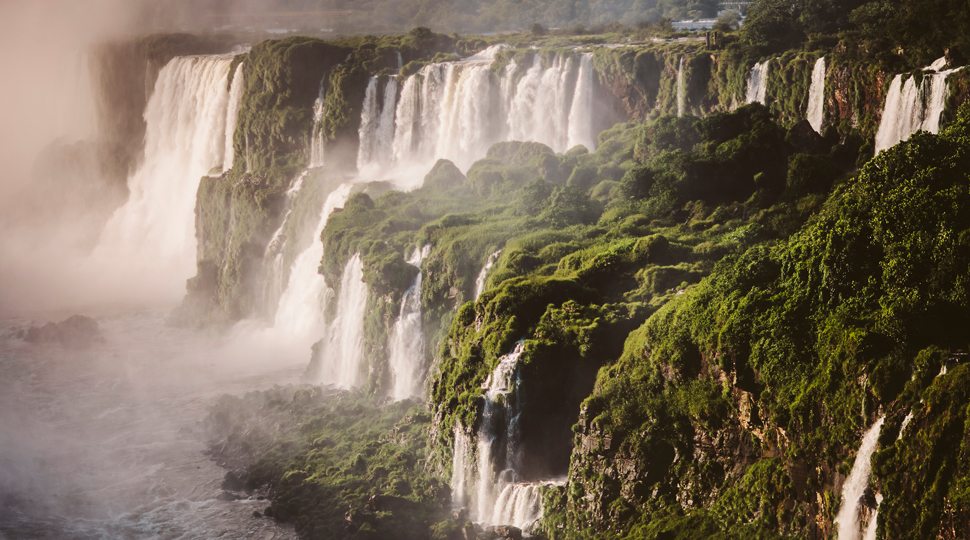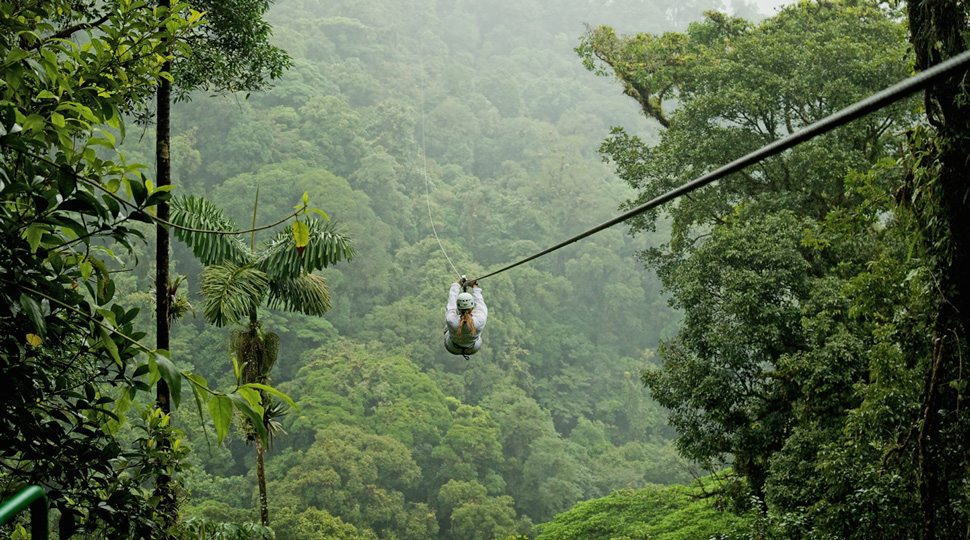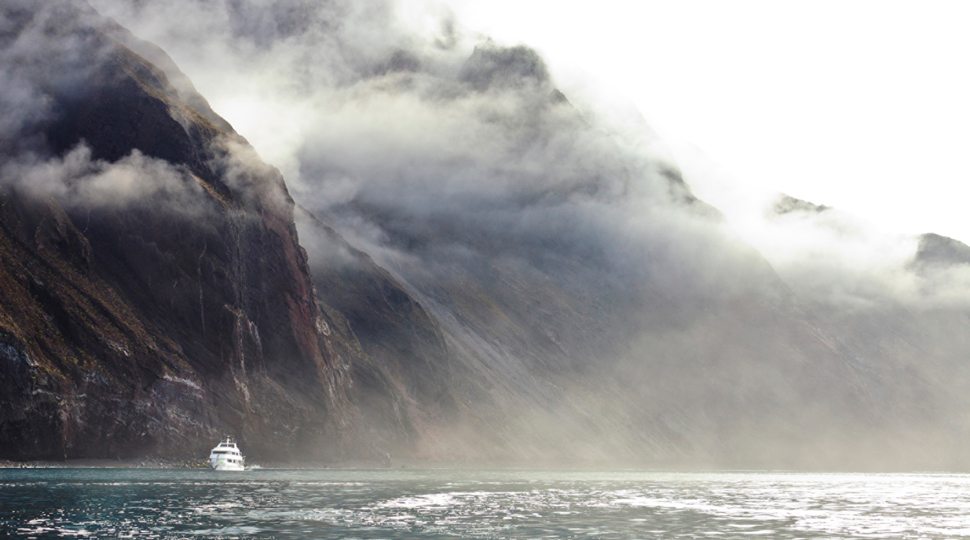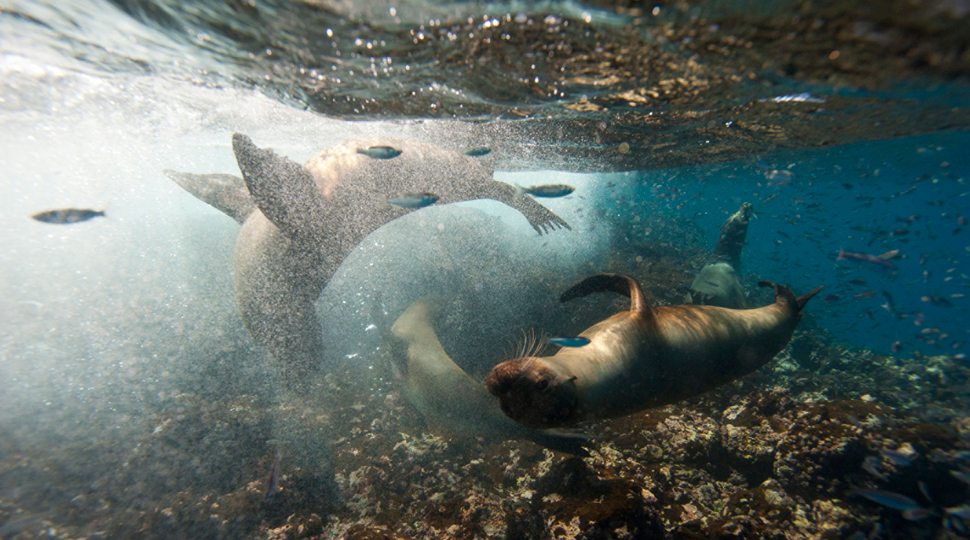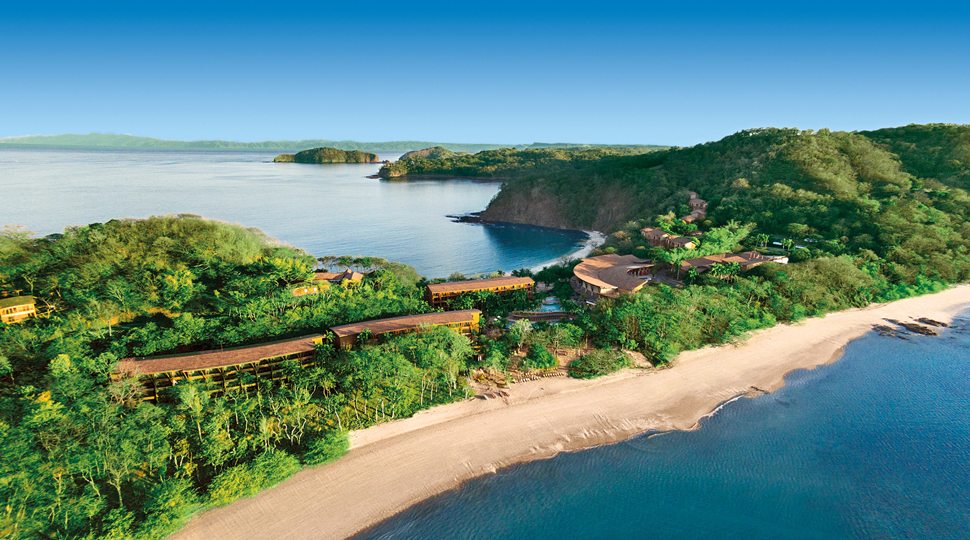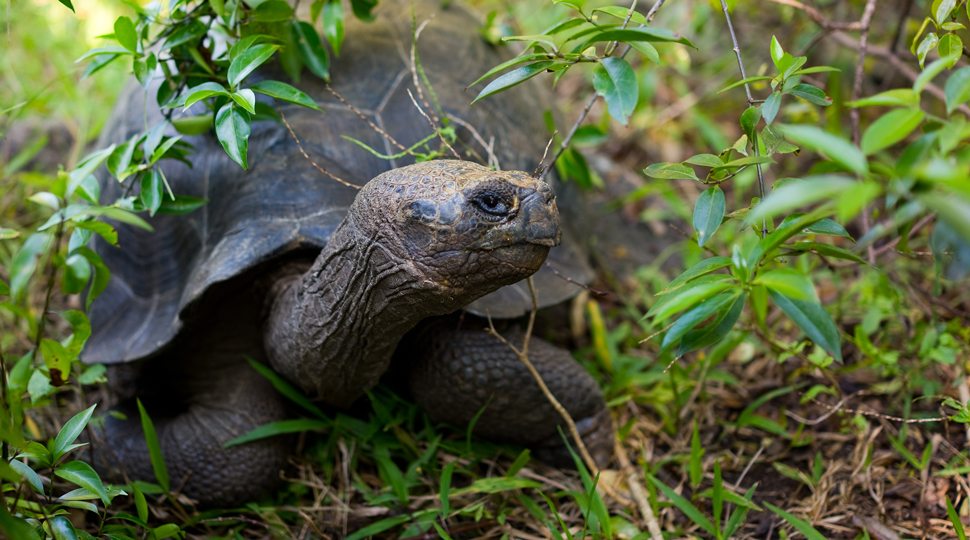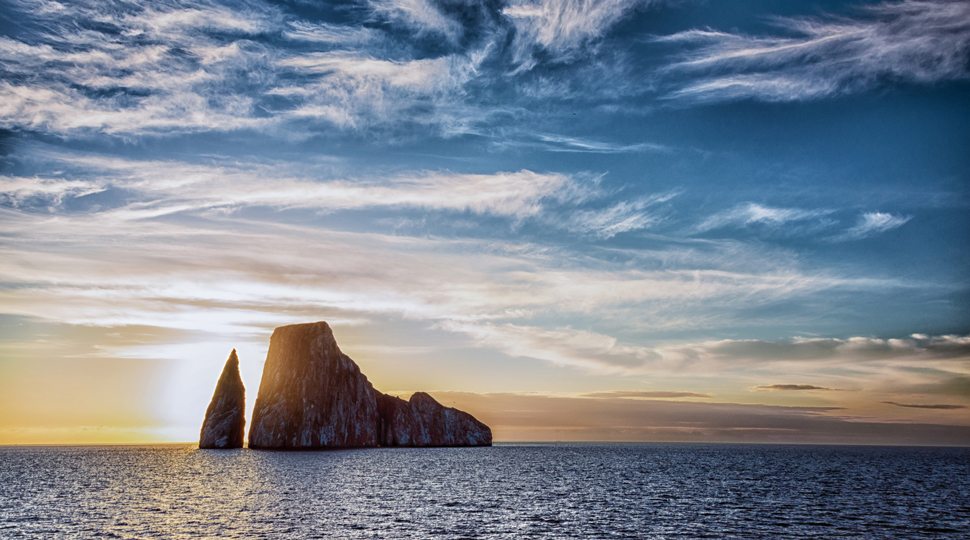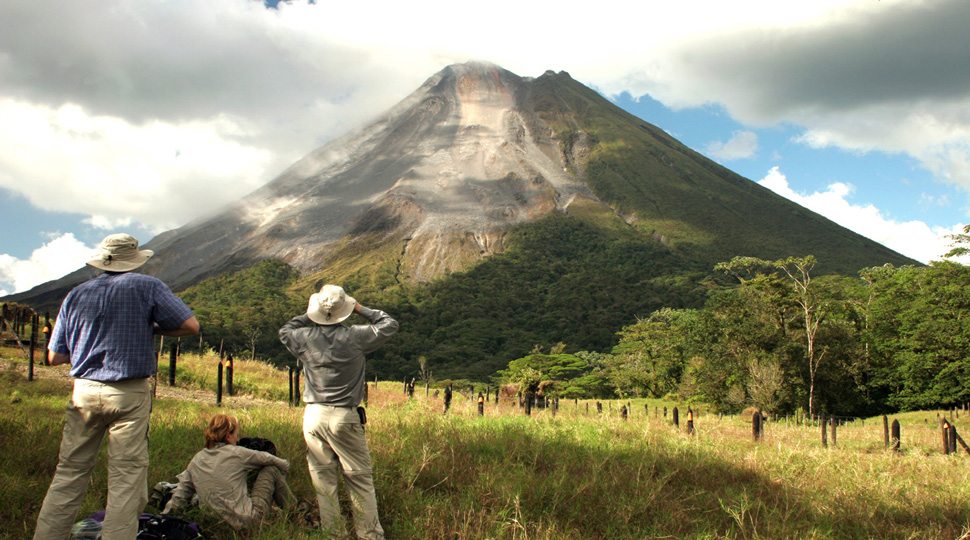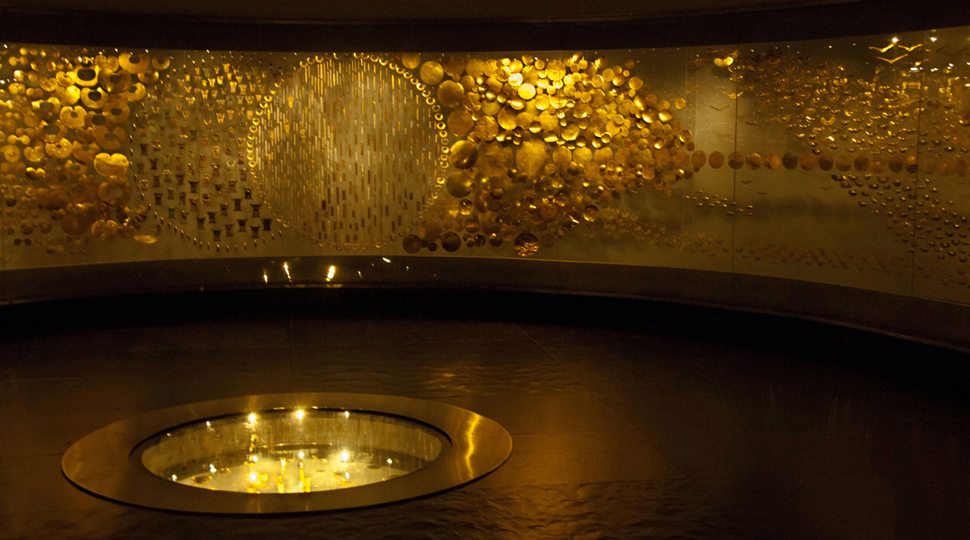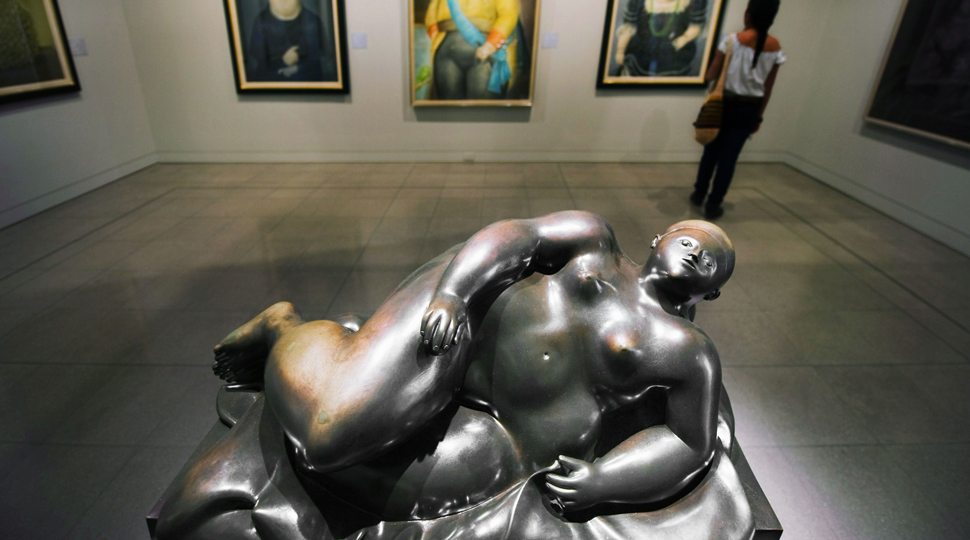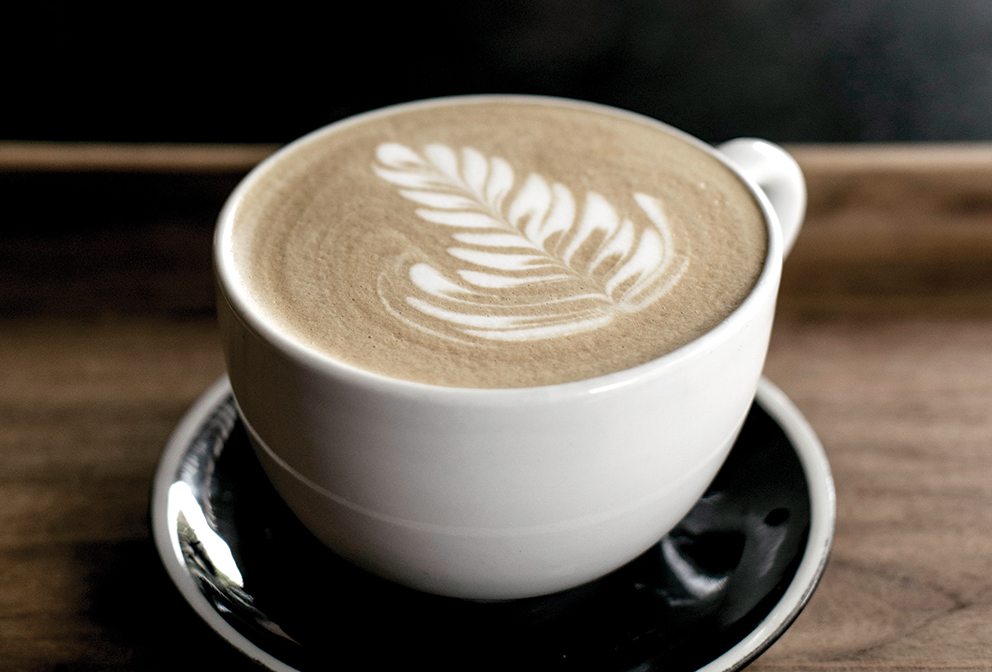Three years ago, my kids and I boarded the Four Seasons Private Jet for a global tour. It would be, and still remains, a tremendous experience. I can honestly say it changed all our lives, each of us for a different reason. The trip occurred at a time of great transition; we were coming out on the other side of some very difficult times. It was a celebration – and the best decision we could have made.
My seatmate at that time, Carol, was a young woman from California. A stranger then, she’s since become a true friend. And, with the same seats as before, we embark once again – sans my children – on an inaugural journey.
We’re not the only ones. There are 17 returning passengers on this “World of Adventures” tour, which, over the course of 24 days, takes us to eight countries and locales like Kyoto, Seychelles, Rwanda, even the Galápagos Islands.
For three weeks we are surrounded by beauty, discovering worlds and peoples and getting glimpses of places where the public is typically not allowed. I completely lose myself in what each destination has to offer – that’s the secret to a trip of this kind.
Although we spent several days in each place – and had countless incredible experiences along the way – here, a few treasured moments from my travel diary that offer a peek into life aboard the Four Seasons Private Jet.
Gardens and Glass in Seattle
The fog has settled beautifully in the bay when I wake up early on the morning of our departure. I’m too excited to keep sleeping. The comfort of the jet is perfect for naps anyway, I tell myself.
We had our first group event the night before: a private dinner at the Chihuly Garden and Glass museum within the Seattle Center, an exquisite showcase of Dale Chihuly’s work. Each of us stood in total awe of the spectacular display of colours as we began to make our introductions. It was a lovely affair, with every detail considered for us – something I’m happy to get used to.
Four Seasons Hotel Seattle
Artful Expressions in Kyoto
Kyoto, you are a welcome sight to behold. My room overlooks both gardens and historic temples – an apt representation of the two sides of the city, Alex, the Hotel’s general manager, tells me. Especially given that the gardens are more than 800 years old. Each morning I sip my tea, which comes in a beautiful traditional Japanese teapot along with hand-painted ceramic cups, and watch the sun rise.
The food here is an art form. I have the pleasure of being seated in front of one of the sushi masters as he prepares my meal with expert precision. I eat sea bream steamed in sake and lovely fatty tuna. I even try my hand at making maki with the help of an incredibly charming assistant who, admittedly, does most of the work.
…
I had the most amazing encounter with a samurai master who trained Uma Thurman and choreographed scenes in Kill Bill. Well, all I can say is, Uma, look out. There’s a new group in town. Who knew he could make warriors out of us in just two hours – at least that’s how it felt. We’ll file away the videos that perhaps prove otherwise. Such fun.
Four Seasons Hotel Kyoto
Memorable Learnings in Bali
This morning we visited a Balinese elementary school, and I had tears in my eyes for over an hour. The children, positively beaming, were all dressed in white. They greeted us with a special song and dance performance and invited us into their classroom, where we tried not to distract as they wove baskets, created daily temple offerings and practiced their arithmetic. We were there to offer the class a donation of new backpacks, one for each student. Our group waded through, handing them out personally. Such a special memory.
Outside, we’re enveloped by green – lush, verdant landscapes everywhere we look. At night I fall asleep to the sounds of the jungle. We’re about a week in, and I think I’ve found my rhythm.
Four Seasons Resort Bali at Sayan
Pool of Calm in Seychelles
Even on such a luxurious trip you need downtime. Today it comes in the form of a hillside-perched villa overlooking a sugary stretch of beach. We arrive late in the afternoon, and the first thing I do upon entering my little cottage – with its fresh breezes and loungers at the ready – is drop my things and sink into the private plunge pool, where I spend the next 30 minutes. Room service and early to bed is the recommendation for tonight.
…
Just before sunset we head out on a catamaran cruise. Now you’re speaking my language. You can see the sun sink into the ocean a thousand times, but it still always feels novel somehow. The Jet’s Executive Chef is with me. We know each other from my previous trip, so there’s an ease between us. I’m so happy to be enjoying these moments with the journey crew. They let go, as much as they can, and laugh along with us. We’re all in the mood to let loose a little. Good thing there’s a DJ on board.
Four Seasons Resort Seychelles
Mountain Gorillas in Rwanda
Twenty minutes into our trek, we hear them. It’s strange really, the sound – like empty coconuts banging and snapping bushes. Everyone stops, looking at one another with eyes wide. Is this really happening? Without warning, we’re amongst a family of mountain gorillas. We’re in Dian Fossey territory and we are in awe.
Two-year-olds swinging from trees, moms carrying babies, silverbacks holding court, teenagers shuffling about trying to look important – just as you would expect a family to behave. The energy is electric. We’re taking pains to be careful on approach, but the gorillas soon let us know we can relax. One hour of watching and every one of us still wears a smile. We speak softly, as instructed. I stand very still. A mother is laying in a hollow beside me with her two little ones. I’m barely breathing as she stretches her arm towards me. She unfurls her hand and touches my boot. Our eyes lock. This, to me, is the most important minute of the entire journey.
Swept Up in Marrakech
Waking up in Marrakech: It’s warm and bustling and crowded and fragrant – where to begin? Perhaps with the Resort, which is gorgeous, tranquil, spacious. But we depart early to be absorbed by the city. This morning it’s the Saadian Tombs, with magnificently carved and tiled structures once home to the remains of royalty, sealed for centuries before their rediscovery. The streets we pass through are boisterous and full of energy; there’s no dallying here, only swift movement with purpose.
And the markets. Luscious coloured spices piled high, stacked behind the barrels of soaps, teas, dried herbs. I’m mesmerized by the bounty of colours and smells. Every corner, every turn is a visual feast as we move through a maze of streets.
That evening we join the flight crew and journey staff for a banquet-like dinner complete with high-energy music and dancing. This is Marrakech. True to its reputation, Four Seasons puts on a spectacular display, from the lighted red carpet to the smartly dressed hosts carrying trays of pink martinis aptly named Cosmorrocans. The atmosphere inside was so inviting I forgot all about getting my picture with one of the camels out front.
Four Seasons Resort Marrakech
Kitchen Play in Bogotá
Executive Chef Carmine Esposito agrees to let me whirl around his kitchen tomorrow, and I cannot wait. The Michelin-starred culinary genius, who also appears on Master Chef Junior in Colombia, is as warm and generous as they come. He’s Italian, but he’s spent the past three years in Bogotá with his family.
The next morning he shows up holding a uniform and says, “You ready? Put this on; we’re going to work.” I giddily do as I’m told and bring along two other guests, Doreen and Tom from across the aisle. Needless to say, we have the best time making gourmet pizza from scratch and taste-testing what’s on offer for the day. Bonding over how we each roast pumpkin for soup is definitely a highlight. Later, we three sit in the dining room and enjoy Barolos with our lunch – still in uniform, of course.
Four Seasons Hotel Casa Medina Bogota
Natural Wonder in the Galápagos
There are too many tortoises to count. As we wander carefully among them some retreat into their shells, but one doesn’t. We’re told he’s about 90 years old, with a swagger he’s no doubt earned. He stares each one of us in the eyes, holds our gaze and then goes back to eating. Yes, we know, we are the visitors here.
Leaving the island to head for the ship, where we’re staying, I’m reminded how much the sea lions too are a part of everyday life here. They slip in and out of the water so gracefully, you don’t even notice until you’re right beside one. We pull anchor as the sun sinks gloriously into the horizon. It’s a slow cruise in shiny black waters. Onboard the ship, music is playing and there’s a party waiting for us. One thing’s for certain: This night will not end early.
…
Onboard the jet for what will be our last stretch to Florida, we drag out packing our things. No one sits in their own seat. Everyone is moving about, saying goodbyes and hugging. There are conversations about the future. We don’t need to spend time getting each other’s contact information; that will be prepared for us. For now, we cheers each other; we toast the amazing crew; we laugh the loudest we have yet.
As I look around I wonder what everyone is thinking, just as I did on the first flight. Memories from the past three weeks flood in, but, for me, it all boils down to this: It’s not about the destinations themselves; it’s what aspects of them you carry with you, how they become part of you. That’s the real magic.
YOUR JOURNEY BEGINS HERE
Experience the world with us.
